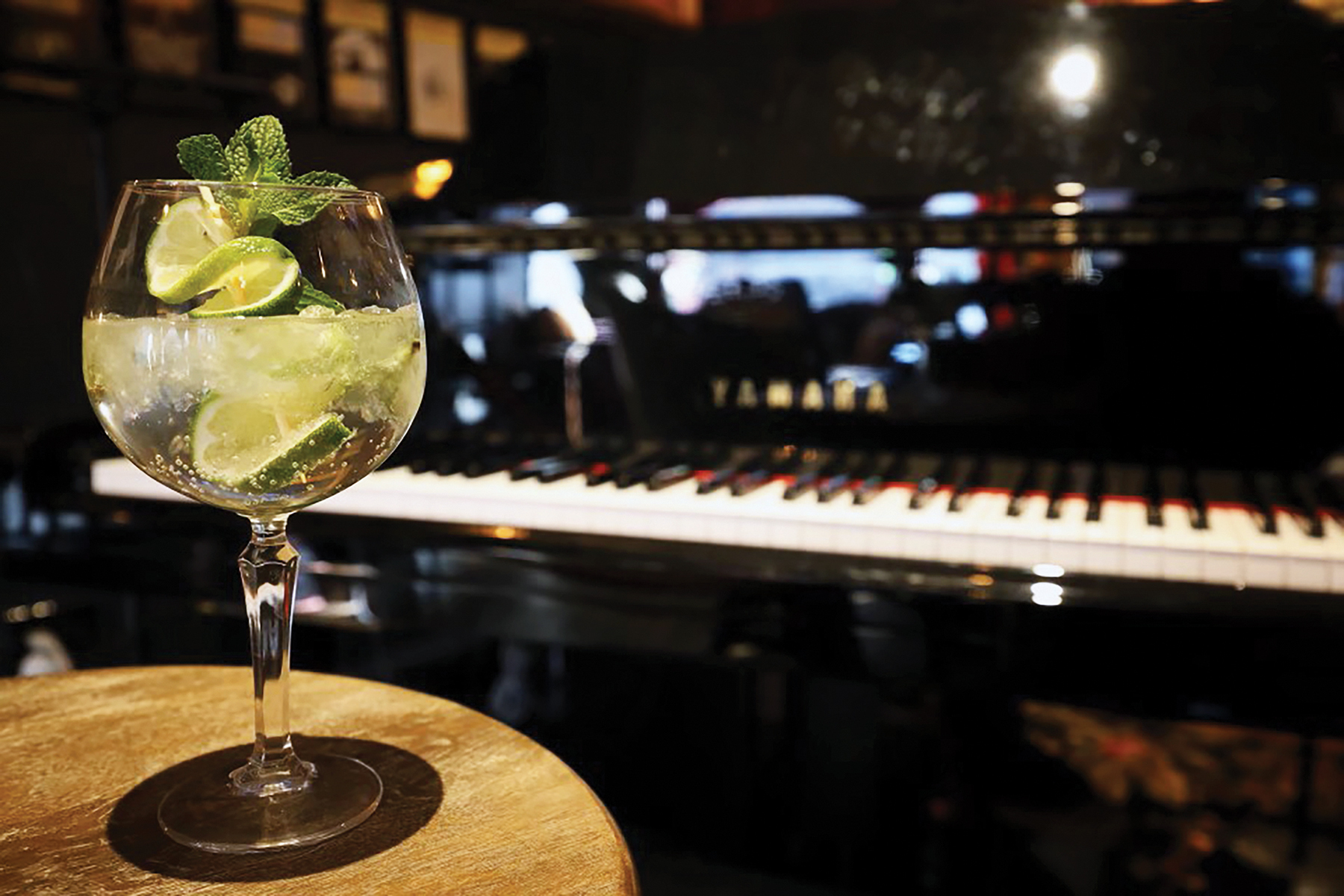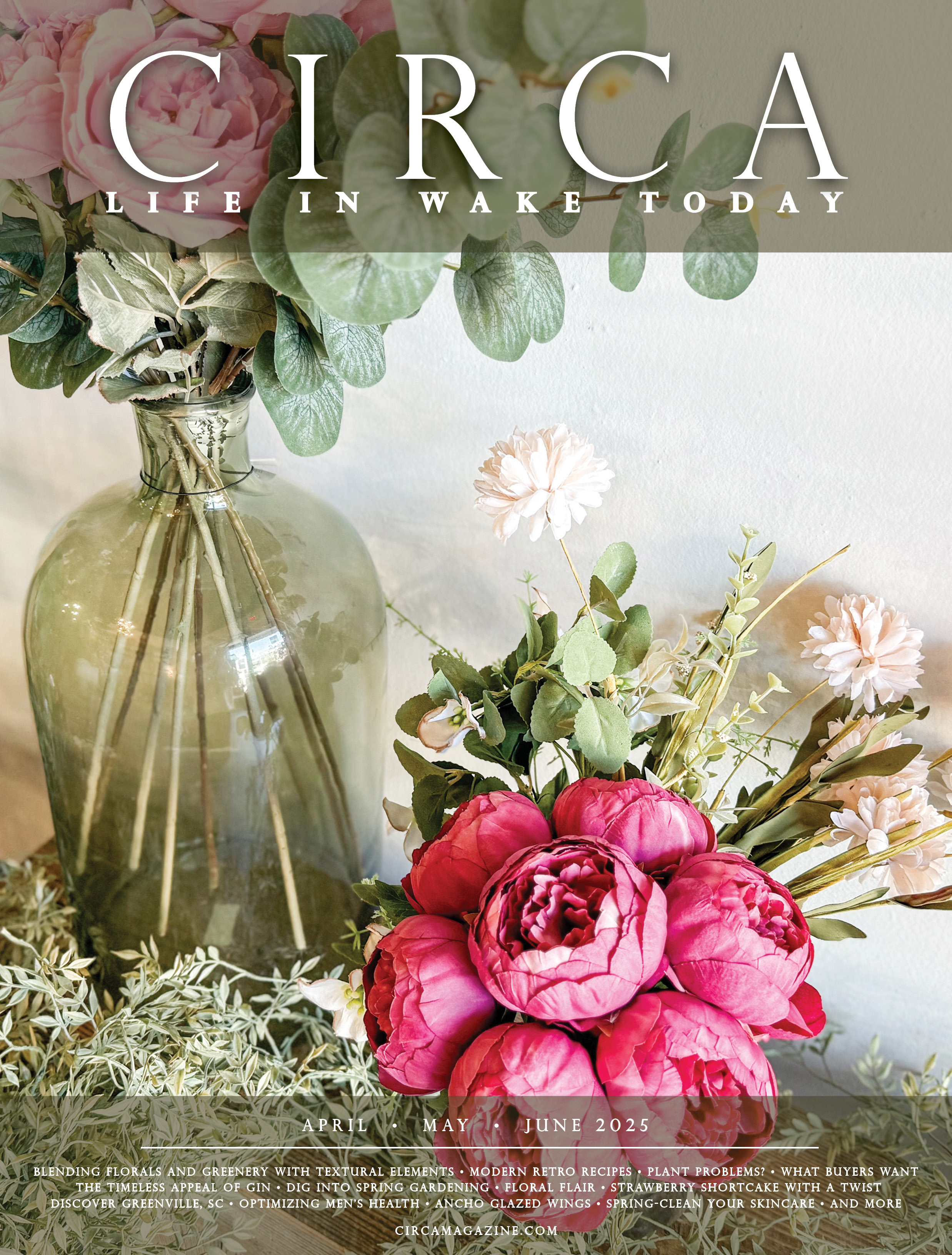Sipping On History
The Timeless Appeal of Gin

The prohibition of alcohol was tried (and failed) long before the U.S. attempted it in 1920. In fact, its predecessor in Britain singled out one spirit in particular – gin. The Gin Act of 1736 was passed by the British government to substantially tax the cost of operating a distillery to ensure that gin production would all but cease. Of course, the distilling just went underground, and illicit gin distilleries and bathtub gin production skyrocketed. One illicit gin peddler devised what might have been the very first vending machine. Captain Dudley Bradstreet hung a painted sign of a black cat with a tube hanging out of its mouth outside his window. Those in search of their next gulp of gin would approach the sign and call “Puss!” When the voice within the house responded “Mew,” pennies were placed in the cat’s mouth, and gin would pour down the tube into a waiting receptacle – or even straight into the customer’s mouth!
We also have gin to thank for the pubs and bars of today. Sometime around the 1820s, “Gin Palaces” began to appear. In an effort to attract a wealthier clientele, many gin distillery owners built elegant and plush gin palaces with shop counters designed for efficient gin serving. This counter, or “bar,” was a place for drinkers to lean and get the bartender’s attention, and is still the model we know today.
The list of gin lovers is both iconic and a bit surprising, starting off strong with F. Scott Fitzgerald and his wife Zelda. Theodor Seuss Geisel (name sound familiar?) was the son of Theodor Robert and Henrietta Geisel. His father managed the family brewery, which was later closed because of Prohibition. As a student at Dartmouth College, Theodore Seuss Geisel adored gin. One evening, Mr. Geisel was caught smuggling gin into his dorm room. The year was 1925, the height of Prohibition, so alcohol was forbidden on campus. Geisel was immediately dismissed from his position as a lead writer and editor of the campus humor magazine, Dartmouth Jack-O-Lantern. Still wanting to write articles for the magazine without the administration’s knowledge, Geisel began signing his work with the pen name “Seuss.” He would later add the “Dr.” (despite lacking the actual doctorate degree), and the legendary author of Green Eggs and Ham and How The Grinch Stole Christmas, Dr. Seuss, was born – all thanks to gin, some might say!
Gin has long been seen as a classic spirit, with a history deeply rooted in British tradition and European craft. With countless concoctions of botanical infusions, artisan and small batch craft gins, homemade gin makers, and, of course, the traditional big guns of gins that release exotic, flavored, and pink delights, there is no end to the bouquet any particular gin might offer. In recent years, the American gin scene has exploded with creativity, innovation, and flavor. Gin is currently experiencing a “Ginaissance,” as it is affectionately dubbed, and the spirit’s future is looking bigger, brighter, and more beautiful than ever imagined.
We even have a world-renowned gin maker in our own backyard – Conniption Gin, made by Melissa Katrincic of Durham Distillery. Melissa combines art with science, revolutionizing the distilling process by incorporating cold vacuum distillation, “a modern technique that preserves the delicate botanicals that would otherwise be destroyed by heat.” Her award-winning gin comes from fond memories of the classic spirit and “cocktail hour at her grandparents’ house, where gin martinis were the drink of choice, and sneaking olives out of her grandfather’s glass became her first taste of gin culture.” This nostalgic connection to the spirit is what fueled Melissa’s passion for creating a gin that honors tradition while embracing modern innovation, bringing the past into the present and future.
There are more classic cocktails made with gin than any other spirit, including Negroni, Ramos Gin Fizz, Martinez, Gin Rickey, Red Snapper, Tom Collins, White Lady, Hanky Panky, Clover Club, Alexander, French 75, Gimlet, Vesper, Singapore Sling, Silver Bronx, Pegu Club, Bee’s Knees, and Southside. But none have withstood the test of time yet offered so much variety as the G&T (Gin & Tonic). Some say the perfect G&T is any G&T – and they’re right – but there is also a science to it.
The Perfect Gin & ToniC
The perfect ratio is 1:4 (1 part gin to 4 parts tonic). Choose your gin carefully. Read the label and discover the botanical bouquet inside. Choose your tonic carefully as well. Ideally, choose one that isn’t sugary to allow the natural botanicals of the gin to be the highlight of the cocktail. However, some Fever-Tree Tonics help to enhance those botanicals such as the Elderflower or Cucumber Lime tonics. Add 2 ounces of gin to your chosen glass (the bigger the glass, the better the taste – a large, round glass allows the aromas to travel up the glass to your nose, and 80% of your taste is through smell). Slowly introduce the gin to your ice. The melting ice encourages the release of the botanical flavors within the gin as the oils are released into the water. Add 6-8 ounces of tonic slowly (to taste), followed by your garnish. Get creative with your garnish – add a slice of grapefruit, orange, lemon, or lime, or try a cucumber curl or even a fennel branch. Smell the gin and tonic together. Take a sip and breathe in gently after swallowing – this prolongs the release of flavors in your mouth. Repeat until the world melts away.
Photo courtesy of Jacob Rice
Joni Falvey
Owner of Broadsides & Brews, located at 223 S. White Street in Downtown Wake Forest. Follow on social media @broadsidesandbrews.

